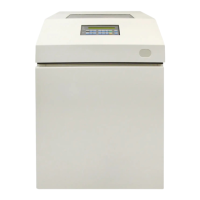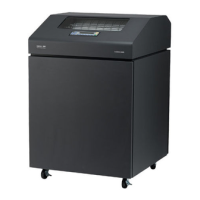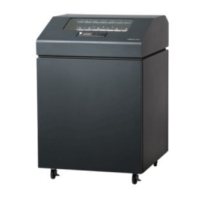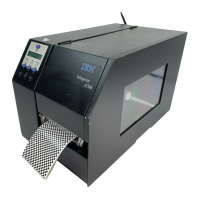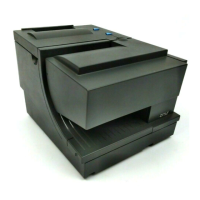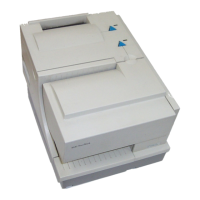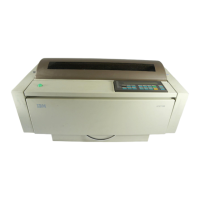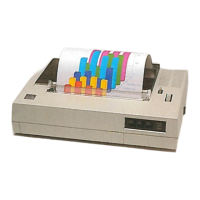Presentation Text Command Set
A Write Text command can span to another Write Text command. That is, if a
Write Text command ends after the control sequence has begun (the 2B has
been received), and before all of the control sequence parameters have been
received, this Write Text command spans to the next Write Text command.
Spanning also occurs if a Write Text command ends between chained controls.
Between the spanned Write Text commands, only STM, XOA, and NOP
commands are valid. All other commands received at this time result in an
error. The printer uses the following controls with the Write Text command:
Table 48. Write Text Command Controls
Control Description
D2 (D3) Absolute Move Baseline (AMB)
C6 (C7) Absolute Move Inline (AMI)
D8 (D9) Begin Line (BLN)
F2 (F3) Begin Suppression (BSU)
E4 (E5) Draw I-Axis Rule (DIR)
E6 (E7) Draw B-Axis Rule (DBR)
F4 (F5) End Suppression (ESU)
F8 (F9) No Operation (NOP)
72 (73) Overstrike (OVS)
C8 (C9) Relative Move Inline (RMI)
D4 (D5) Relative Move Baseline (RMB)
EE (EF) Repeat String (RPS)
D0 (D1) Set Baseline Increment (SBI)
F0 (F1) Set Coded Font Local (SCFL)
C0 (C1) Set Inline Margin (SIM)
C2 (C3) Set Intercharacter Adjustment (SIA)
74 (75) Set Text Color (STC)
F6 (F7) Set Text Orientation (STO)
C4 (C5) Set Variable Space Increment (SVI)
78 (79) Temporary Baseline Move (TBM)
DA (DB) Transparent Data (TRN)
76 (77) Underscore (USC)
Note: The controls shown in parenthesis are the text controls with their
corresponding chain bit on.
In this Write Text description, references made to pages also apply to overlays
and page segments.
The print data is a string of 1-byte code points. The printer uses the code point
to identify the character metrics obtained from the Font Local ID (See “Load Font
Equivalence (LFE)” on page 34) to determine the character raster pattern.
Chapter 3. IPDS Commands Reference 63
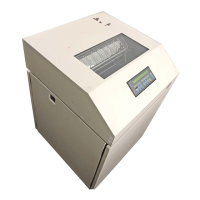
